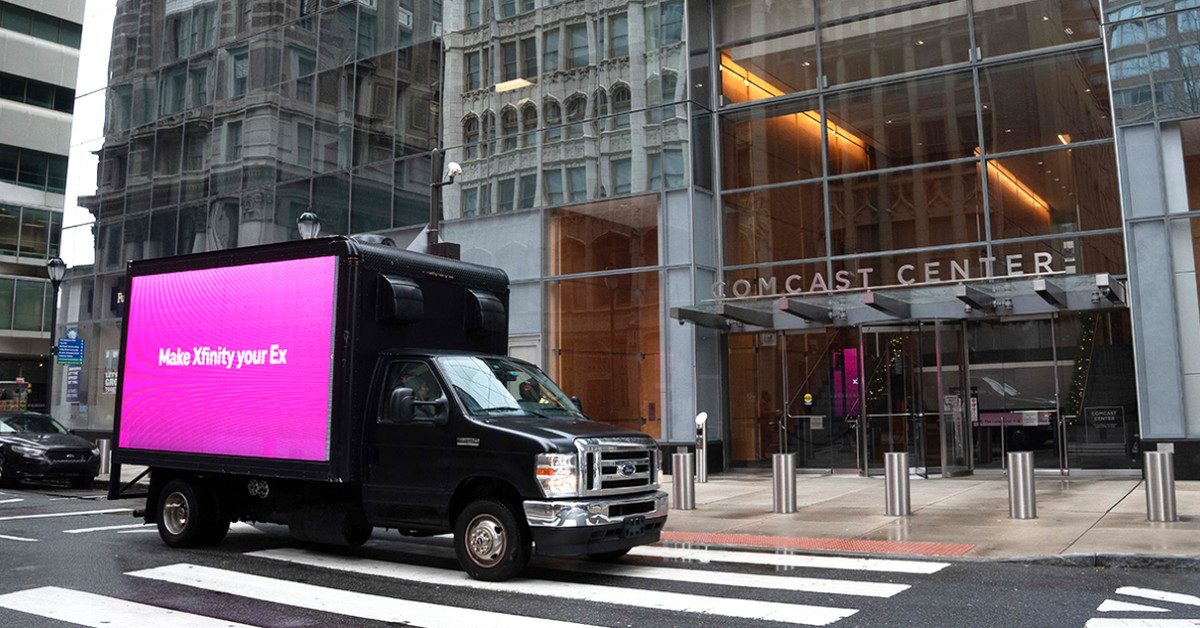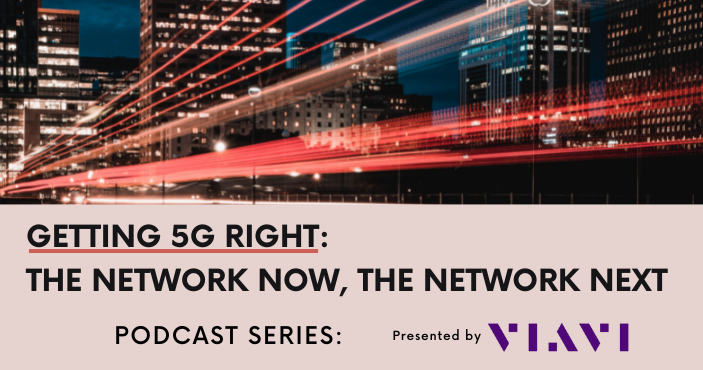What is a Good Internet Speed? Internet Speed Guide 2022
Basically, if you live with one or two others, use your email daily and stream some shows, then 25 Mbps would suit you. You need at least 100 Mbps if you have a larger household working and learning from home, using multiple smart devices and doing other internet-related activities. The larger your household and amount of heavy internet users, the faster speed you need.
Next to price, internet speed is one of the main decision drivers when shopping for internet plans or evaluating your current internet service. But, unlike price – where you can easily look at the monthly cost and say “that fits my budget” or “that’s a new car payment” – internet speeds can be a bit trickier to gauge.
What is a good internet speed?
According to the Federal Communications Commission (FCC), a good internet speed is at or above 25 Mbps. These speeds will support light online activity, such as streaming, online gaming, web browsing and downloading music.
That said, these standards were created back in 2015, and the COVID-19 pandemic proved these speeds inadequate for houses that were working or learning from home.
Around two to three people can use 25 Mbps in a household, but only one at a time can do anything heavier like game or HD stream anything.
In reality, a good internet speed is much higher than 25 Mbps, and the FCC recommended that 100 Mbps be considered minimum broadband. According to Ookla, the median home internet speed in the U.S. in October 2022 for fixed broadband was around 182 Mbps download and 22 Mbps upload — well above the 25/3 minimum set by the FCC.
Good internet speeds also have low latency and high bandwidth. This combo allows data to be quickly transferred in a set amount of time.
What is the average internet speed?
According to a 2022 Allconnect report, the average U.S. internet speed is 109 Mbps download and 40 Mbps upload, which is an 18% increase year-over-year when compared to 11% between 2020 and 2021.
Keep in mind, “average” in this case doesn’t mean that it’s a good or fast speed; it’s just what internet users are getting in the U.S. during a certain period.
Think of “broadband” as the national internet speed limit
As of this writing, per the FCC, a broadband internet connection has a minimum download speed of 25 Mbps and a minimum upload speed of 3 Mbps. This gives us a baseline for determining fast and slow internet speeds.
Speeds faster than a standard broadband connection are generally considered “fast” internet. While all speeds below that threshold aren’t necessarily slow, they are too slow to be considered broadband internet.
Keep in mind many things can affect actual internet speeds and performance. Adding connected devices and using the internet for demanding tasks such as streaming in 4K or downloading an HD movie can hinder performance and make even “fast” speeds seem slow.
Our recommendation for internet speeds
Choosing the right internet speed for your home can be a tricky process. When you add up how much speed each activity uses — 5 Mbps for HD Netflix, 2 Mbps for Zoom and 8 Mbps for online gaming — it looks like you can get by with a minimum plan. However, there are a few other factors you’ll want to consider.
- Get double what you need – When you see an internet speed listed with a provider, they’re always showing you what the speed will be through a wired connection. But almost everyone uses the internet over Wi-Fi, which generally only provides 50-60% of the advertised speed on a plan. If you only go with the minimum speeds recommended for your internet activities, you’ll probably run into some issues.
- Account for multiple devices – Most speed recommendations are for a single device, but almost every household now has multiple connected devices working simultaneously, which will share bandwidth. If you have two devices operating at once on a 100 Mbps connection, for instance, that bandwidth will be split evenly among the devices, with each getting speeds up to 50 Mbps.
- Follow the 20 Mbps rule – A good rule of thumb is to dedicate 20 Mbps to each device that will be using the internet at the same time. If you have four people using smartphones, one TV streaming Netflix and another online gaming, an internet connection of 100 Mbps should be fine. (Add about 5 Mbps for every 10 smart home devices.)
- Do you need a plan over 1000 Mbps? The average internet user who browses, shops, streams and checks emails really doesn’t need a gig’s worth of internet speed. If you work or learn from home, game, stream in HD, or have a smart-device equipped home with multiple residents doing the same, then, yes, a 1000 Mbps connection is what you need to keep everything running smoothly.
How internet speed is measured
Internet speed is determined by how much data the connection can download (download speeds) or upload (upload speeds) per second.
Speeds that fall into the kbps range are generally what we’d call “slow” internet and Gbps speeds, which are becoming more common, are in the ultra-fast range. When researching internet speeds, you’ll likely see Mbps more than kbps or Gbps. That’s because Mbps speeds are better suited to what we use the internet for.
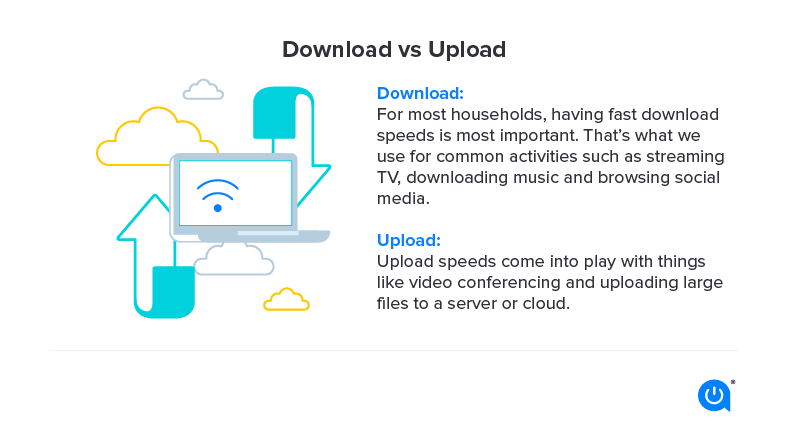
What is considered fast internet?
Internet download speeds of 200 Mbps download and 20 Mbps upload or higher are considered fast. With average speeds around 152/21 Mbps, the bar for fast internet is higher than ever. Anything over 200 Mbps will be able to handle multiple online activities for multiple users at once without interruption. If you need a little help determining the best internet speeds for your needs, we’ve got you covered.
Common fast internet speed tiers include:
- 200 Mbps
- 250 Mbps
- 300 Mbps
- 400 Mbps
- 500 Mbps
- 1,000 Mbps
- 2,000 Mbps
- 5,000 Mbps
Cable internet and fiber optic internet are your best bets for fast internet speeds. Fiber is also a great choice for speed consistency, as it is less vulnerable than cable to slower speeds during peak usage times.
Popular cable or fiber optic internet providers include AT&T, CenturyLink, Cox, Frontier FiberOptic, Optimum, Spectrum, Suddenlink, Verizon Fios, Xfinity and Windstream. All of these providers offer speeds up to 940-1,000 Mbps in select areas, with several providers rolling out speeds up to 2,000 Mbps in 2022.
What are fast internet upload speeds?
Upload speeds of 10 Mbps or higher are generally considered fast internet speeds for upload because they can easily handle the common activities of the average user. For example, Skype recommends upload speeds of 1.2 Mbps or higher for HD video calling. Uploading a large file, like 700MB file document, should take less than 10 minutes with a 10 Mbps upload connection.
What is considered slow internet?
Download speeds less than 25 Mbps are too slow to be considered broadband or good home Wi-Fi. With these speeds, users may experience buffering when streaming video, difficulty connecting multiple devices and other internet connectivity issues.
The FCC does recommend speeds less than 25 Mbps for many online activities, including streaming SD and HD video, gaming online and downloading music. However, these are minimum speed recommendations and do not account for connecting multiple devices or other factors that may slow your internet speeds.
What types of internet connections are more likely to be slower?
Some internet technology will always be on the slow side. If you’re considering one of the following connection types, expect slower speeds than cable or fiber.
- Dial-up: Regardless of the internet activity, dial-up is considered slow internet because it can only offer speeds up to 56 kbps. These speeds aren’t capable of much more than checking email and will not support streaming, online gaming, Wi-Fi or even uploading a single webpage in a reasonable amount of time.
- DSL: DSL is the most common internet service type with speeds lower than 25 Mbps. Some cable internet services offer slow speeds as a low-cost internet option but are often capable of providing much higher speeds for a higher monthly cost.
- Fixed wireless: Fixed wireless is a popular internet solution in rural areas. It uses broadcast towers to transmit and receive internet signals. Depending on provider and location, speeds can vary between 3-100 Mbps, but tend to be on the slower end. That said, newer 5G home internet providers like Verizon and Starry are capable of providing speeds well over 100 Mbps.
- Satellite: Generally only used in rural areas with no other internet options, satellite internet is typically slow, expensive and comes with low data caps. However, newer satellite providers like Starlink are starting to provide speeds as fast as 500 Mbps in some areas, plus unlimited data.
Take a speed test to see if your internet is fast enough for your needs
An internet speed test will give you a good idea of whether or not you have the necessary speeds for your household. For best results, take the speed test with a wired connection. If you get speeds below 25 Mbps, you may have a slow internet connection that can’t keep up with all your online activity.
Pro Tip: For best results, use an Ethernet cord to connect your router or modem directly to your device before you run the test.
If you have slow internet, there may be other internet providers in your area that offer faster speeds. Or, your current internet provider may offer plans with higher speeds. Shop around to find a faster internet speed if your current provider and plan doesn’t offer the speeds you need.
How much of a difference does a good internet speed make?
Small speed increments, such as 15 to 25 Mbps, likely won’t result in a noticeable difference in performance, but larger jumps, say 10 to 100 Mbps, can give you a different experience.
To give you an idea of how much speed can play a role in downloading and uploading, we’ve listed the estimated time it would take to download a two-hour HD movie and upload a 10-minute video with various speeds below.
How long does it take to download a movie?
File sizes for things like music, movies and pictures vary, but a movie can range from 1 to 7 GB depending on the length and picture quality. Here’s how long it would take in hours:minutes:seconds to download a 4 GB file at various speeds.
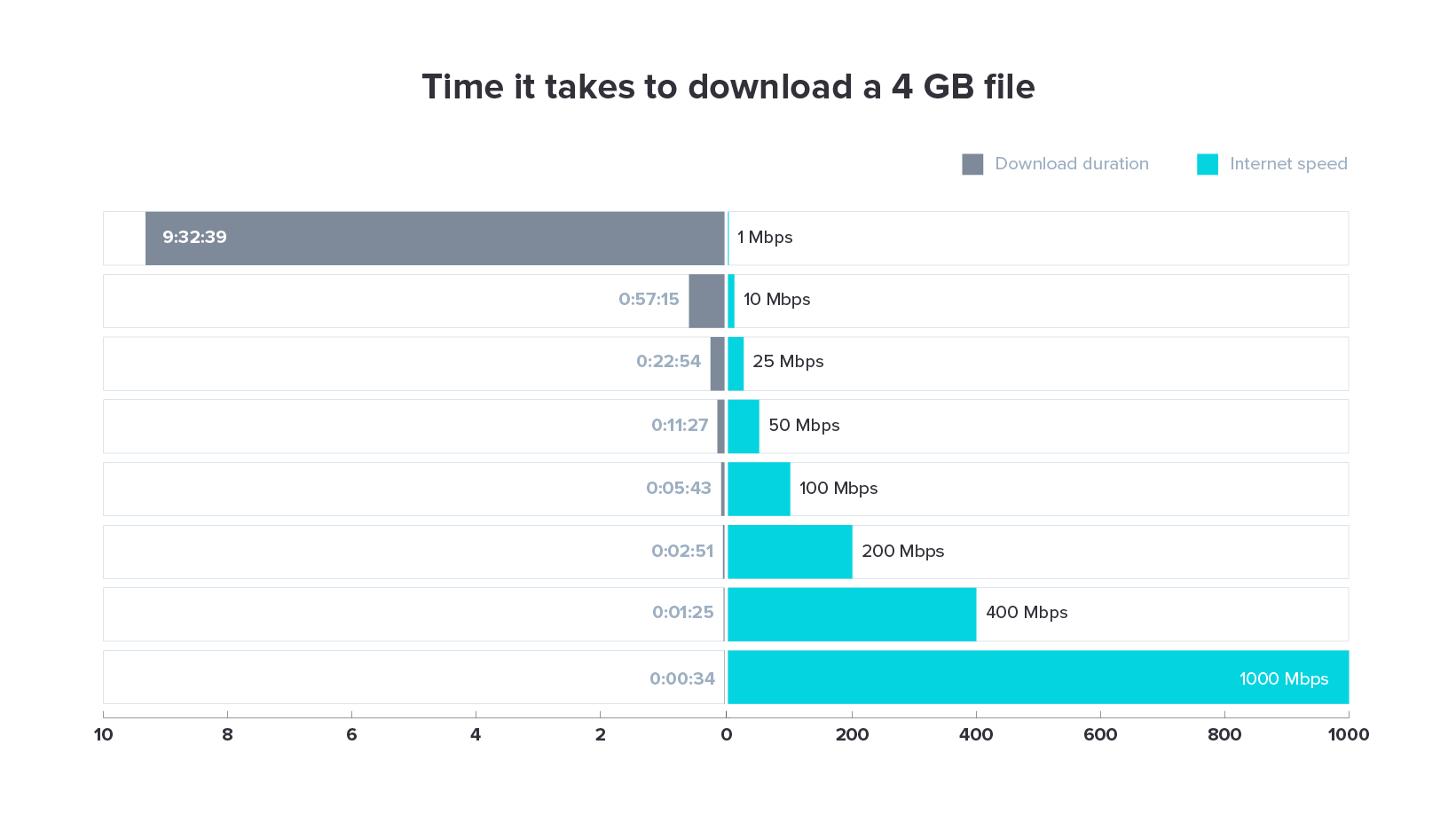
How long does it take to upload a short video?
Video files vary in size, but let’s say you have a 500 MB clip, which could amount to 10 minutes or more in standard definition. Here’s an estimate of how long it would take to upload it with various upload speeds.
Keep in mind, upload speeds from internet providers are often significantly lower than download speeds. Some fiber-optic providers, however, do offer upload speeds comparable to their advertised download speeds.
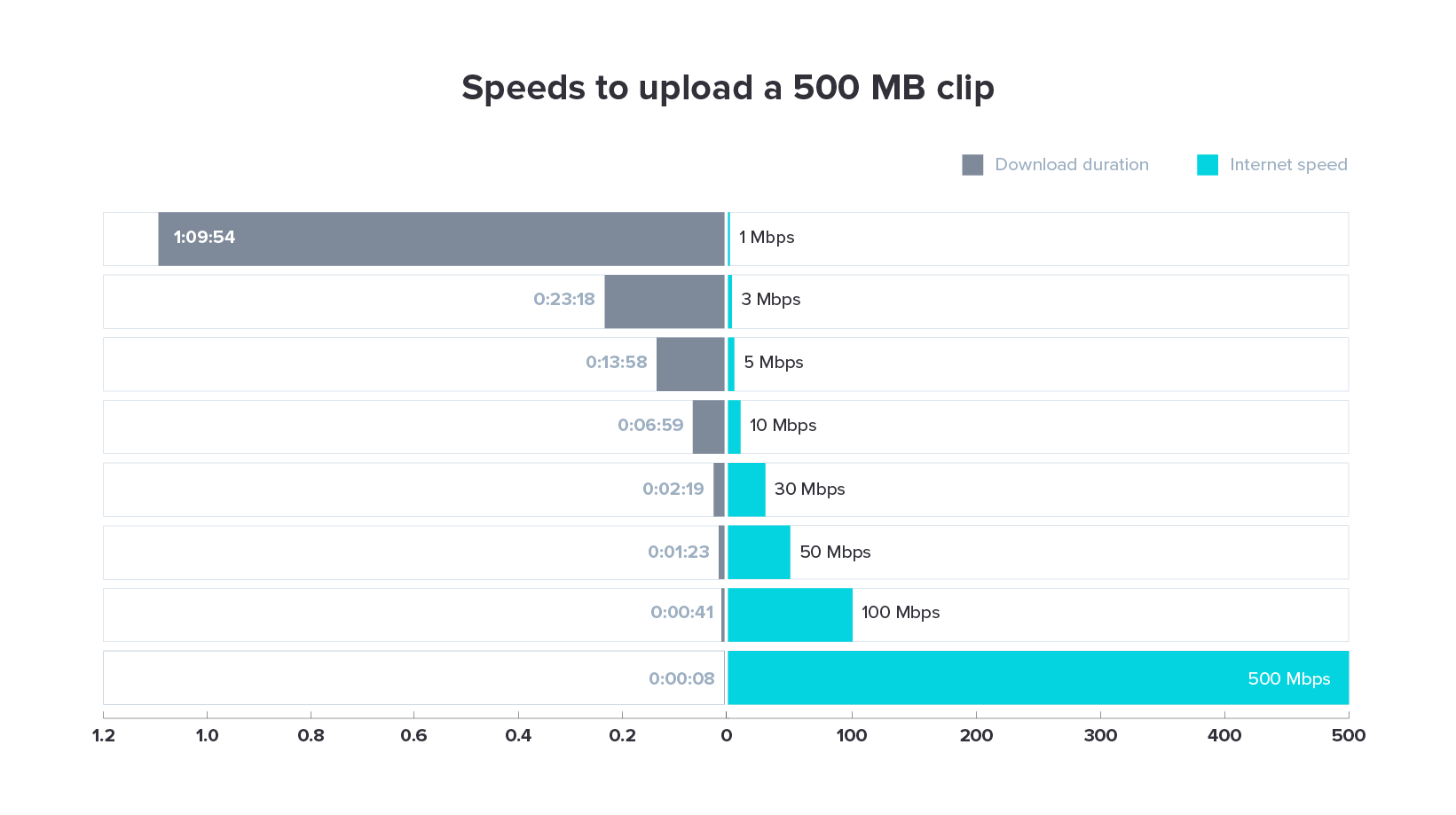
These download and upload times are estimates, based on a constant speed. As mentioned above, there are many factors, such as the number of connected devices and types of internet activities performed, that can affect internet speeds and the time it takes to perform a given task.
Shop internet providers, plans and speeds in your area with our internet experts. We’ll help you find and compare plans with good internet speeds for your home and unique needs.
Written by:
David AndersSenior Writer, Broadband Content
David joined the Allconnect team in 2017, specializing in broadband and TV content. His work has been referenced by a variety of sources, including ArcGIS, DIRECTV and more. As a Senior Writer, David is motivate… Read more
Edited by:
Robin LaytonEditor, Broadband Content


